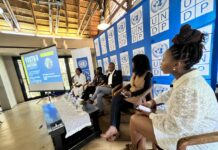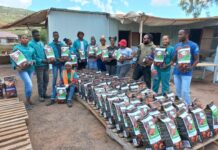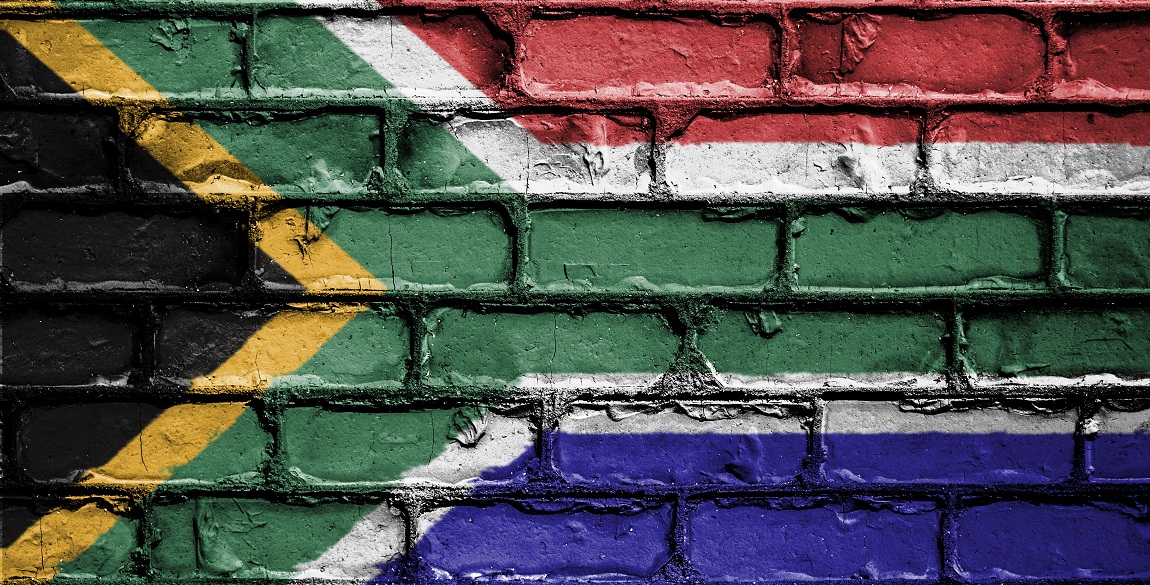COMMENT
As members of the Sustained Dialogue team at the Institute for Justice and Reconciliation one of the many activities we engage in is visiting communities that we have identified in each province. They are identified as sites we work in because of their historical legacies of division that need to be addressed. Our interventions take the form of entering these communities multiple times a year and meeting with the local ambassadors of the area. These are people whom we have identified as possessing influence in their communities and who we have capacitated through various programmes to be the leaders and agents of change within their respective communities. By MIKHAIL PETERSEN and NOSINDISO MTIMKULU.
The ambassadors are the ones who will be carrying out the hard work of identifying key issues in their communities. They will find solutions to these problems through the creation of carefully constructed and thought out programmes, which we as the Sustained Dialogue team will help facilitate. This harks back to our core belief that communities themselves are capable and responsible for creating solutions to the challenges that they face.
When we enter these communities, we are clear in our approach. We are not experts who know all the nuanced and deep-rooted issues in these respective communities. Nor are we experts that know all the solutions to the issues which the people in the communities in which we work face.
Instead, it is the people we deal with in these communities who are the experts. They are the experts of the contexts in which they live and the associated issues that arise out of this context. As such, they are the best equipped to come up with solutions to tackle their problems in a meaningful and impactful way. Our role as the IJR is clear. We are there to help facilitate a process of issue and solution creation, and to help capacitate and assist where we can in the implementation of these strategies.
When we visit a community, we usually ask our ambassadors to invite other like-minded individuals who are passionate about addressing the issues in their communities to attend our workshops. From our experience this input serves to strengthen the dialogues because many times the emergent issues go beyond what was originally identified. In this way we are able to grasp more fully the nuances of the complex issues that communities face.
The Sustained Dialogue team will visit a community in question more than once in a year. From this we are able to draw similarities and differences, shifts and behaviour change that occurs in the community. Part of our mission is to work with and alongside communities so that we do not parachute in for a once off intervention and then leave. As IJR we believe in journing with groups and providing long term support.
One of the most notable things to emerge from our work in different communities is the sense of urgency, desire and initiative which the different young people have when tackling the challenges within their communities.
It is easy to assume that youth in communities that are located in big cities, which have access to more infrastructure and systems of support that can be leveraged would be the groups that are doing the most work in their communities. More so that these youth would require less support and guidance from the IJR, as well as inviting the greatest number of participants to workshops when the IJR visits these communities in question.
However, in reality we have seen the opposite to be the case. It is usually the youth within communities that are located in provinces that are chronically under-served and under resourced that have the greatest desire to be agents of change in their situations. These youth will mobilise the most amount of people in the area to come to our sessions.
More often than not these youth will think up the most innovative strategies to overcome the lack of infrastructure they face and to use the little they have in terms of resources to create the greatest amount of change. They will also exhibit a large amount of initiative in these actions, and they do not rely on the IJR to get the ball rolling, which we have found when dealing with youth in better resourced communities.
An example which exemplifies this can be seen in the number of participants our ambassadors invite and make sure are at our workshop sessions: in better equipped communities the youth will usually just send out group WhatsApp messages. When we then convene and ask these youth why they are so few people whom are not part of the core group, they will simply say “We invited them, but they did not respond”.
Conversely youth in less equipped communities will (in order to make sure that there is rich discussion in the sessions that we host) personally visit the homes of people that they feel would be good additions to the discussions we host to invite them. After that they will visit them again to make sure and remind them of the event which the IJR will be convening and will thereafter even arrange transport for these people to attend.
What we’ve learned through our work as the Sustained Dialogue team is that it is often not the resources and infrastructure which prevent youth in a particular community from addressing the issues which affect the community in question. This does play a role that cannot be ignored and should not be under emphasised. To a greater extent it is the desire and willingness in the hearts and minds of the young people themselves to see their communities changed for the better that makes all the difference.
Mikhail Petersen is an intern within the Sustained Dialogue Programme at the Institute for Justice and Reconciliation, based in Cape Town, and holds a Bachelor of Social Science degree in Politics and Economic History as well as an LLB from UCT.
Nosindiso Mtimkulu is a senior project leader within the Sustained dialogue Programme at the Institute for Justice and Reconciliation, based in Cape Town.
The views expressed in this article are the author’s own and do not necessarily reflect the editorial policies of The Daily Vox.
Featured image via Wikimedia Commons









